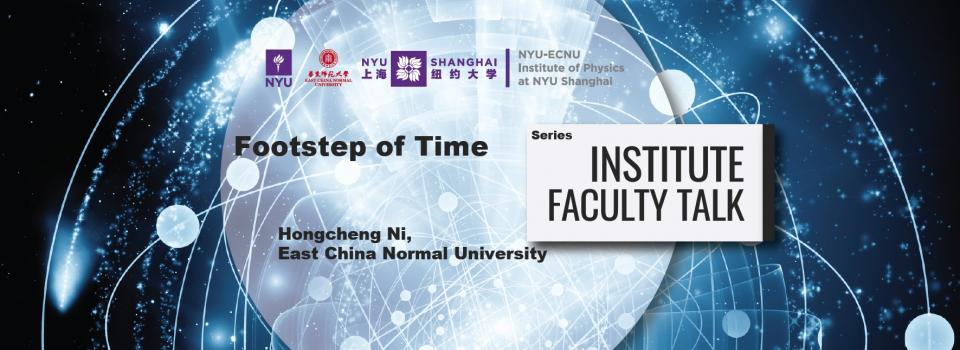
Abstract:
There has been an ever-lasting pursuit for ever-faster physical processes and ever-shorter time scales. In the 19th century, the invention of high-speed photography solved the debate over whether there is a moment all four legs of a galloping horse are in the air. In the 1980s, femtosecond (1fs = 10^{-15}s) lasers started to develop, enabling the production of the movie of a chemical reaction. Nowadays, laser sources with even shorter pulse length have matured, whose duration has been down to the attosecond (1as = 10^{-18}s) level, making possible the observation of electronic processes and the formation and breakage of chemical bonds, which are the fastest resolvable physical processes up to date. Strong-field ultrafast optics studies the physical properties of materials under an unprecedented intense field on an unprecedented fine temporal resolution, which is a growing discipline across the globe. In this talk, we briefly overview a few attosecond-scale ultrafast processes we have studied so far and assess if they come with a time delay with respect to the initiating laser pulse: photoionization time delay, two-photon ionization time delay, single-photon double ionization time delay, tunneling ionization time delay, orbital deformation induced tunneling time delay, and photon momentum transfer time delay.
Biography:
Dr. Ni is a Junior Research Professor at the State Key Laboratory of Precision Spectroscopy at East China Normal University. His research interests are mainly related to ultrafast and strong-field processes in atoms, molecules, and solids induced, observed, and controlled by ultrashort intense laser pulses.
Seminar by the NYU-ECNU Institute of Physics at NYU Shanghai


